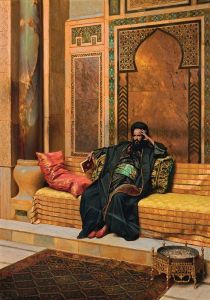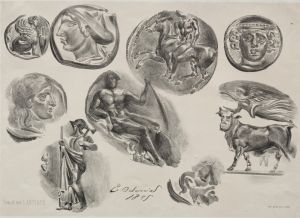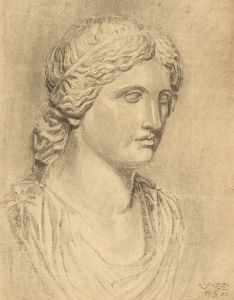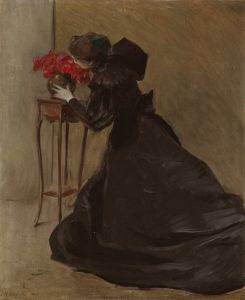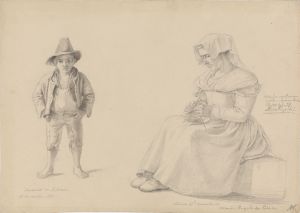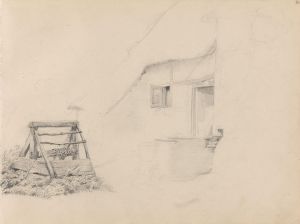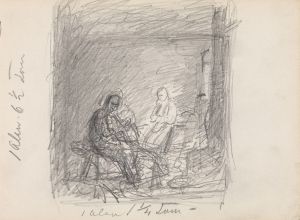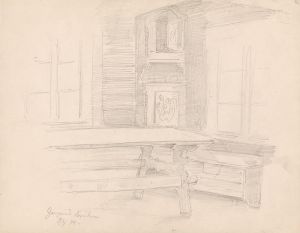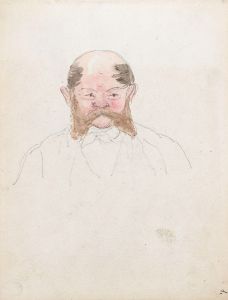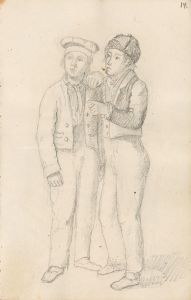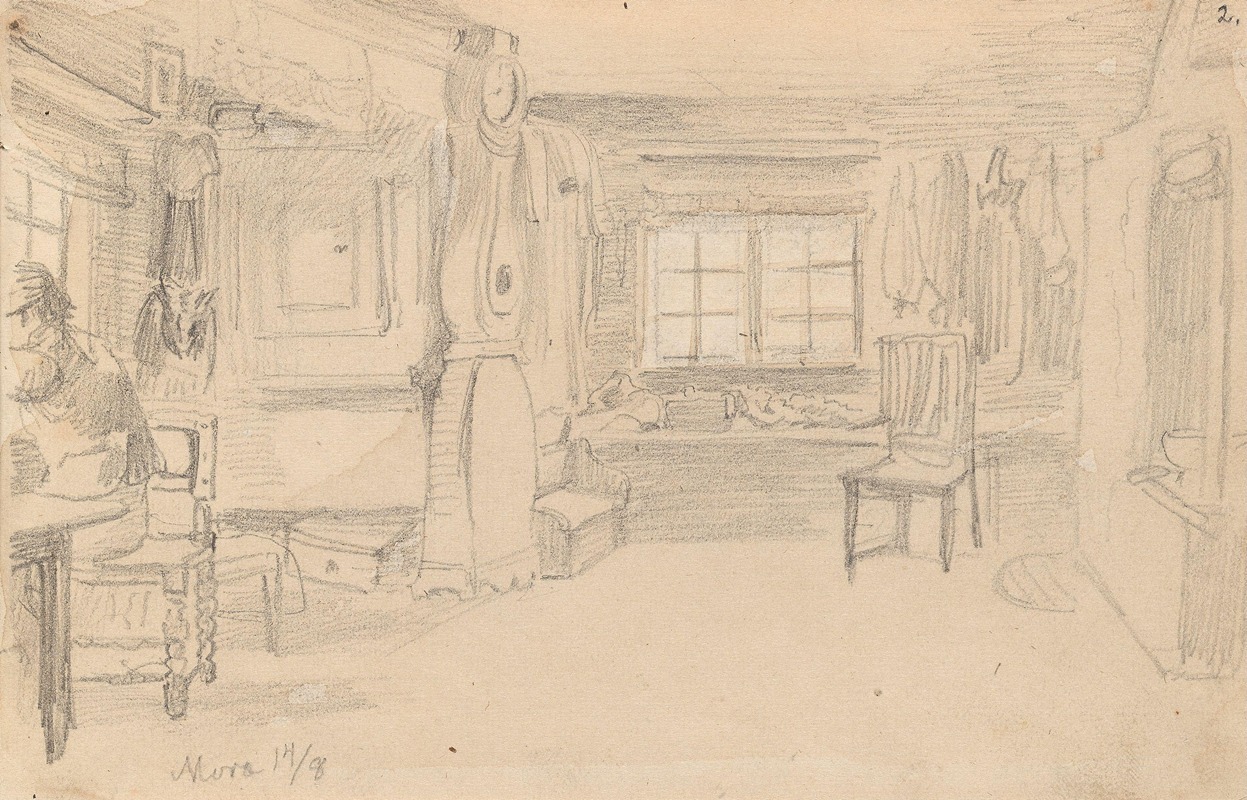
Interiør med gulvklokke, Mora
A hand-painted replica of Adolph Tidemand’s masterpiece Interiør med gulvklokke, Mora, meticulously crafted by professional artists to capture the true essence of the original. Each piece is created with museum-quality canvas and rare mineral pigments, carefully painted by experienced artists with delicate brushstrokes and rich, layered colors to perfectly recreate the texture of the original artwork. Unlike machine-printed reproductions, this hand-painted version brings the painting to life, infused with the artist’s emotions and skill in every stroke. Whether for personal collection or home decoration, it instantly elevates the artistic atmosphere of any space.
"Interiør med gulvklokke, Mora" (Interior with Grandfather Clock, Mora) is a painting by the Norwegian artist Adolph Tidemand. Adolph Tidemand (1814-1876) was a prominent figure in Norwegian art, known for his detailed and realistic depictions of Norwegian folk life and traditions. He is often celebrated for his ability to capture the essence of rural Norway during the 19th century, making his works valuable cultural documents as well as artistic achievements.
The painting "Interiør med gulvklokke, Mora" is one of Tidemand's many works that focus on interior scenes, showcasing the domestic life of Norwegian people. The title translates to "Interior with Grandfather Clock, Mora," indicating the presence of a grandfather clock within the depicted scene. Mora is a town in Sweden known for its traditional clock-making, suggesting that the clock in the painting might be a product of this region, which adds a layer of cultural and historical context to the artwork.
In this painting, Tidemand employs his characteristic attention to detail and realism. The interior scene is likely set in a traditional Norwegian home, reflecting the customs and lifestyle of the time. The presence of the grandfather clock serves as a focal point, symbolizing the passage of time and perhaps the importance of heritage and continuity in Norwegian culture. The clock, with its intricate design, is rendered with meticulous care, highlighting Tidemand's skill in capturing the textures and materials of everyday objects.
The composition of the painting is carefully arranged to draw the viewer's eye to the central elements of the scene. Tidemand's use of light and shadow adds depth and dimension, creating a sense of warmth and intimacy within the domestic space. The furnishings and decor within the room are depicted with precision, providing insights into the living conditions and aesthetic preferences of the period.
Adolph Tidemand's works, including "Interiør med gulvklokke, Mora," are significant for their ethnographic value as well as their artistic merit. They offer a window into the past, allowing contemporary audiences to gain an understanding of 19th-century Norwegian life. Tidemand's paintings are housed in various museums and collections, where they continue to be appreciated for their historical significance and artistic quality.
Overall, "Interiør med gulvklokke, Mora" exemplifies Adolph Tidemand's dedication to portraying the everyday lives of Norwegian people with authenticity and respect. Through his detailed and evocative scenes, Tidemand has left a lasting legacy that continues to inform and inspire those interested in the cultural history of Norway.





